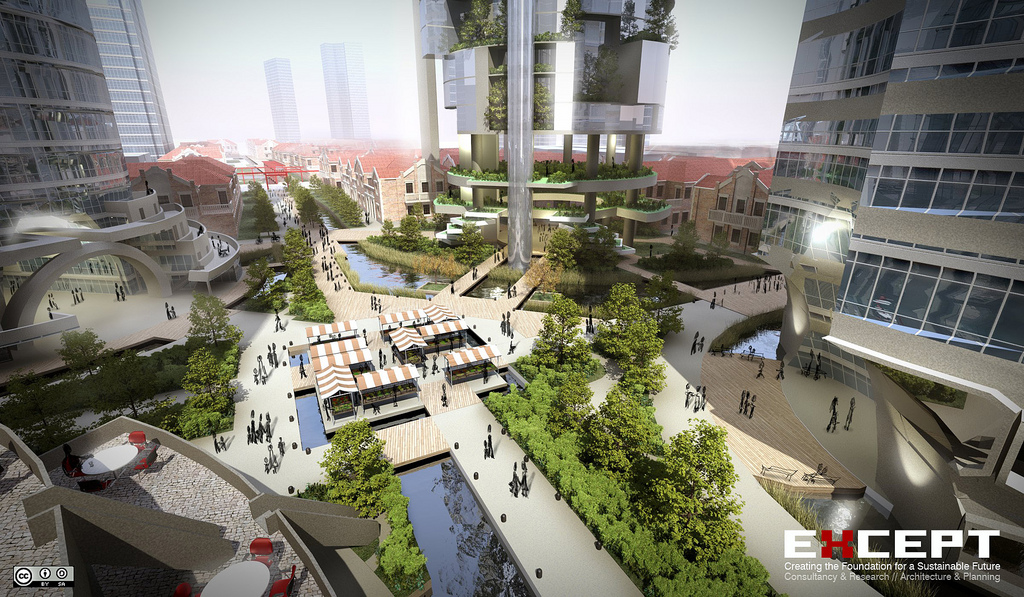
Feeding 7 billion people is clearly one of the greatest challenges we face and estimates are that by the end of the century, the world’s population could reach 10 to 12 billion people.
The challenge is to produce the greatest amount of nutrient-rich food from limited resources of water and land. To date, the two leading strategies for getting the most out of food crops are genetic engineering and industrial processing with additives and chemicals. Both of these approaches are fraught with problems.
A third solution that is emerging is vertical farming. Vertical farms are essentially stacked greenhouses that use artificial light to grow crops. These so-called plant production units (PPUs) offer multiple advantages over traditional agriculture.
A PPU the size of a city block and just a few stories high could produce the same volume of crops as a large farm. Growing conditions can be optimized for specific crops and don’t depend on weather. There is no evaporation into the air and no runoff so the only water that leaves a PPU is in the crops themselves. As a result, PPUs consume only 10% as much water as traditional farms. There are no weeds and no need for pesticides. And a vertical farm allows production of food crops to be year-round and truly local.
A company called PlantLab is completing construction of its first vertical farm in the Netherlands. It remains to be seen how the economics will work out. Vertical farming is in its early days but the concept clearly has a great deal to offer.
**********
.
Web Links
The Next Generation Greenhouse
Photo, posted May 8, 2010, courtesy of Except via Flickr.
.
Earth Wise is a production of WAMC Northeast Public Radio.